Low light photography unveils the world's beauty after dark. From the dazzling lights of a bustling cityscape to the moon and stars, capturing stunning images in low light conditions presents unique challenges and rewards. Low light photography allows you to explore the enchanting world that comes alive after dark and pushes your creativity and technical skills to new heights.
Whether you're a seasoned photographer or just starting your photography career, this comprehensive guide will equip you with essential tips, tricks, and recommendations for the best low light photography experience. So, grab a great low light camera, embrace the night, and let's dive into the magical world of low light photography.
What is Low Light Photography?
The term "low light photography" is typically used for capturing images in low light conditions, most frequently at the time of sunset and sunrise. This photography genre encompasses a wide range of scenarios, like capturing fireworks, moon, stars, and vibrant cityscapes. Each scenario is different from the other and requires an adaptive approach and understanding of light to produce stunning and well-exposed images. Getting your hands on low light photography allows you to explore and document the enchanting world that comes alive after daylight fades.
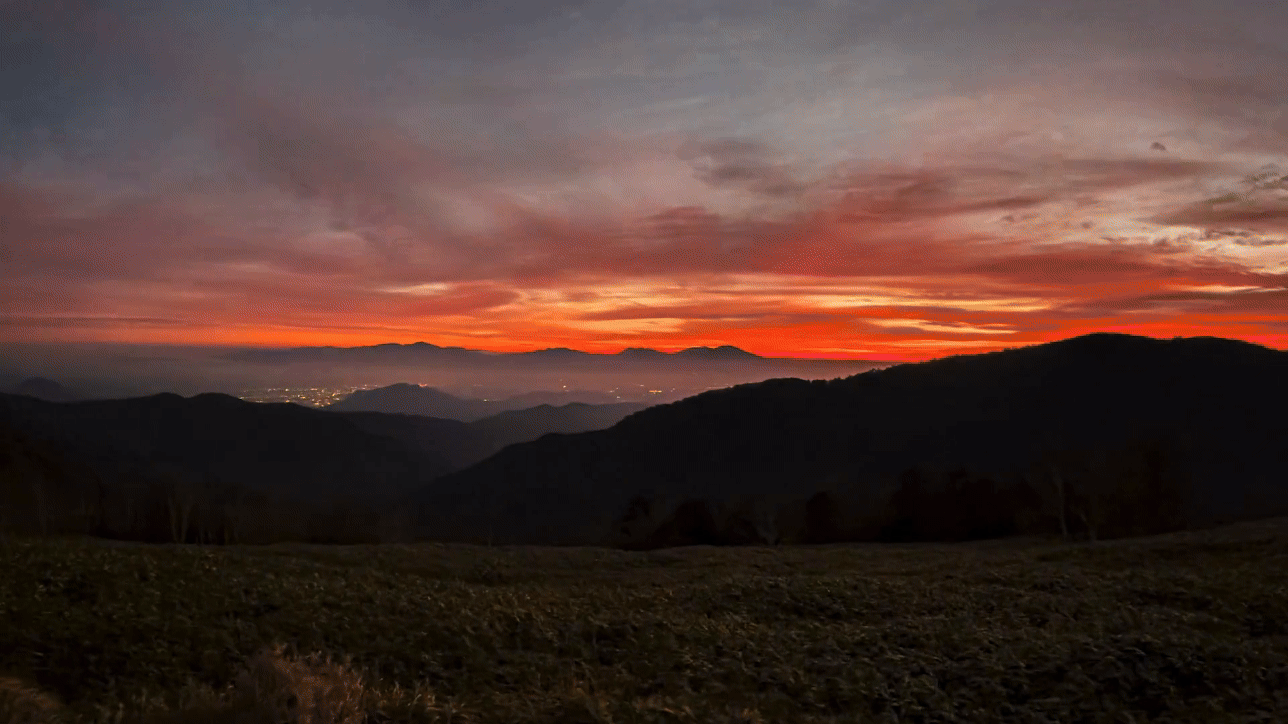
The night sky is one of the most preferred subjects by enthusiasts of low light photography as it offers a fascinating array of stars, planets, and sometimes even galaxies. Capturing the night sky requires a good low light camera and long exposure times so the camera can capture as much light as possible. Cityscapes, with their bustling night activities and enchanting lights, are another popular subject for low light photography. The contrasting dark sky and illuminated buildings are perfect for dramatic and visually striking images. Fireworks are another exciting subject, offering vibrant bursts of color against the night sky, perfect for creating dynamic and lively photographs.
Basic Tips for Low Light Photography
Shooting in low light conditions has unique challenges, including noise, blur, and exposure issues. Here are some basic tips to help you overcome these hurdles and improve your low light photography skills:
- Use a Tripod: Stability is crucial to avoid camera shake and blur, especially for long exposure shots. That's why a sturdy tripod is a must-have accessory for low light photography. It allows you to use slower shutter speeds without worrying about shaky hands ruining the shot. For instance, when capturing the trails of car lights on a busy street, a tripod will ensure the lines are smooth and continuous.
- Adjust ISO Sensitivity: A higher ISO can be valuable in low light but also introduce noise. Find a balance to achieve a clear image without too much grain. Even though many modern cameras have good noise reduction features, using a low ISO is still recommended. Experimenting with different ISO settings can help you find the sweet spot for your camera.
- Slow Shutter Speed: A slower shutter speed allows more light to hit the sensor, essential for low light photography. However, this requires the camera to be very still, hence the need for a tripod. Long exposures can create beautiful effects, such as capturing the movement of clouds across the sky or the smooth, glassy surface of water at night.
- Open the Aperture: A wider aperture (lower f-number) lets in more light, which is beneficial in low light settings. This also creates a shallow depth of field, which can be used creatively. For example, you can focus on a single illuminated subject and blur the background, making the subject stand out even more against the dark surroundings.
- Manual Focus: Auto focus can struggle in low light, so switching to manual focus can help you get sharper images. Many cameras have focus-peaking features that highlight the areas in focus, making it easier to ensure your subject is sharp.
- Shoot in RAW: Shooting in RAW format gives you more flexibility in post-processing, allowing you to adjust exposure and reduce noise more effectively. RAW files contain more data than JPEGs, so you can recover more detail from shadows and highlights, which is crucial for low light photography.
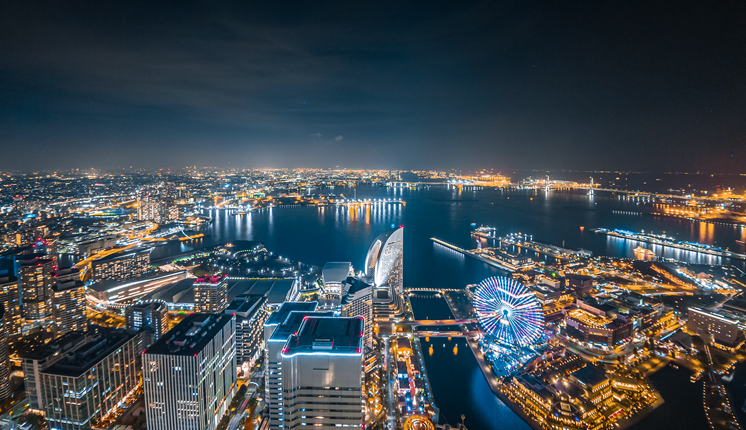
Recommended Low Light Photography Equipment
Having the best low light camera is essential to capture breathtaking low light photographs. Here are some recommended tools:
Camera
You'll need a camera with excellent performance in dark conditions for low light photography. Insta360 Ace Pro is an outstanding choice. It features a Leica SUMMARIT lens, a huge 1/1.3" sensor, specialized PureVideo technology, high dynamic range, and a 5nm AI Chip, all contributing to superior low light performance. Insta360 Ace Pro's large sensor and high-quality lens are designed to capture as much light as possible, making it ideal for shooting in dark environments. Its advanced processing technology ensures clear, vibrant images even in challenging lighting conditions. The PureVideo technology significantly reduces noise, a common issue in low light settings and enhances the overall clarity and sharpness of your images. The high dynamic range feature allows the camera to capture a greater range of light and shadow, ensuring that details are preserved even in scenes with strong contrasts.
ND Filters
ND filters reduce the amount of light entering the lens, allowing for longer exposure times without overexposing the image. The Insta360 Ace Pro ND Filter Set is perfect for achieving balanced exposures in various lighting conditions. ND filters are especially useful when creating long exposure effects, such as capturing smooth water or light trails in situations with ambient light. These filters have various strengths, allowing you to fine-tune the exposure to achieve the desired effect. Whether you're shooting at twilight with fading light or in a brightly lit cityscape at night, ND filters help maintain the optimal exposure for your shots. By using ND filters, you can achieve cinematic quality in your low light photography, adding depth and dimension to your images.
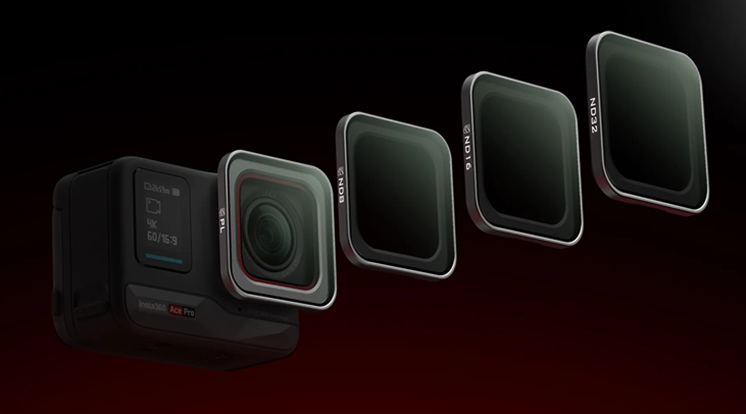
Tripods
A reliable tripod is indispensable for low light photography. The Insta360 All-Purpose Tripod offers stability and flexibility, making capturing sharp, long-exposure shots easier. The All-Purpose Tripod is lightweight yet sturdy, making it easy to carry around while providing the stability needed for crisp, clear night shots. Its adjustable legs and head allow you to position your camera precisely, ensuring perfect framing every time. The tripod's versatility makes it suitable for various shooting scenarios, from capturing the expansive beauty of a starry sky to documenting the vibrant energy of a bustling city at night. The tripod is convenient to set up and adjust, ensuring you never miss a moment.

For additional tips on using Insta360 Ace Pro for low light photography, visit the end of this article.
Maximizing the Use of Your Equipment
- Understand Your Camera Settings: Familiarize yourself with your camera's various settings and modes. Knowing how to adjust the ISO, aperture, and shutter speed will allow you to take full advantage of your camera's low light capabilities.
- Experiment with Different Angles: Low light photography offers unique perspectives that are not visible during the day. Experiment with different angles and compositions to create interesting and dynamic images. For example, shooting from a low angle can make buildings and structures appear more imposing, while capturing reflections in water can add a layer of complexity to your photos.
- Manual Focus: Auto focus can struggle in low light conditions. Switching to manual focus allows you to have greater control over the sharpness of your images. Take your time to adjust the focus precisely, ensuring that your main subject is sharp and clear.
By incorporating these tools and tips into your low light photography routine, you can elevate your skills and capture stunning images that truly showcase the beauty of the night. Whether you're a beginner or an experienced photographer, investing in high-quality equipment and taking the time to understand its features will greatly enhance your ability to create remarkable low light photography.
Nighttime Magic
Capturing the magic of the night is an exciting journey that can yield spectacular results with the right techniques and equipment. Insta360 Ace Pro enables you to create incredible low light shots, including starlapses and timelapses, bringing the nocturnal world to life in your photos. Check out the video below to see the camera in action and gather more inspiration.
Embrace the challenges and wonders of low light photography with confidence. With the tips and gear outlined in this guide, you'll be well on your way to capturing stunning night scenes that tell powerful stories. So, grab your camera, head out after dark, and let the magic of the night unfold through your lens. Whether you're capturing the serene beauty of a moonlit landscape or the vibrant energy of a city at night, low light photography offers endless opportunities for creativity and exploration.
Mastering low light photography requires practice, patience, and the right equipment. By understanding the principles of low light photography, employing effective techniques, and using high-quality gear like Insta360 Ace Pro, you can transform the challenges of shooting in low light into opportunities for creating breathtaking images. So, venture into the night, experiment with different settings and compositions, and let your creativity shine through in every shot.
Keen to keep up to date on Insta360 stories? Keep an eye on our blog and sign up for our mailing list.

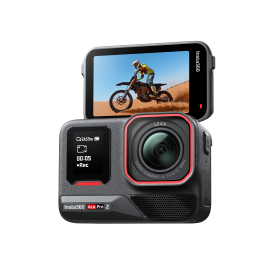

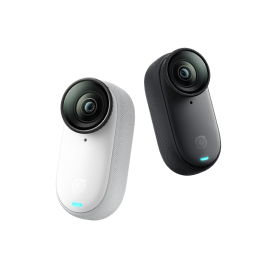
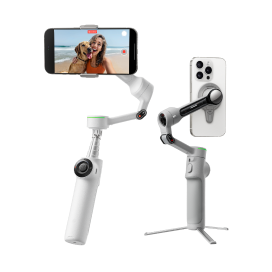

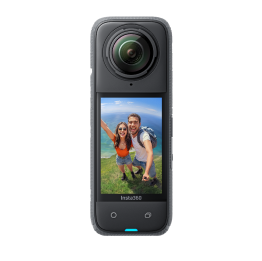
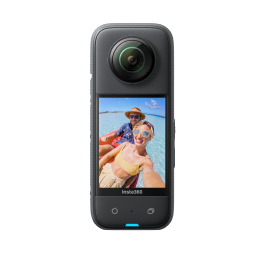

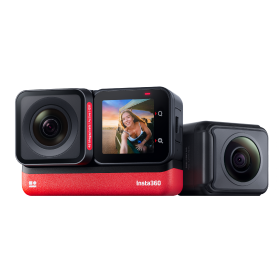
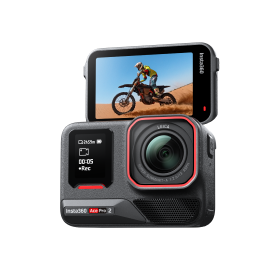

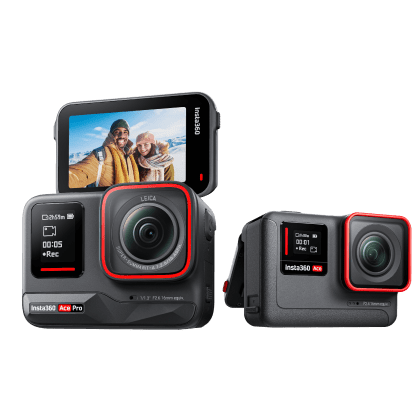
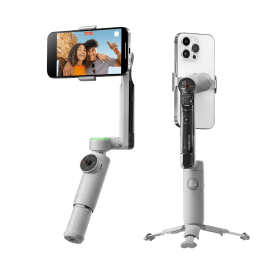










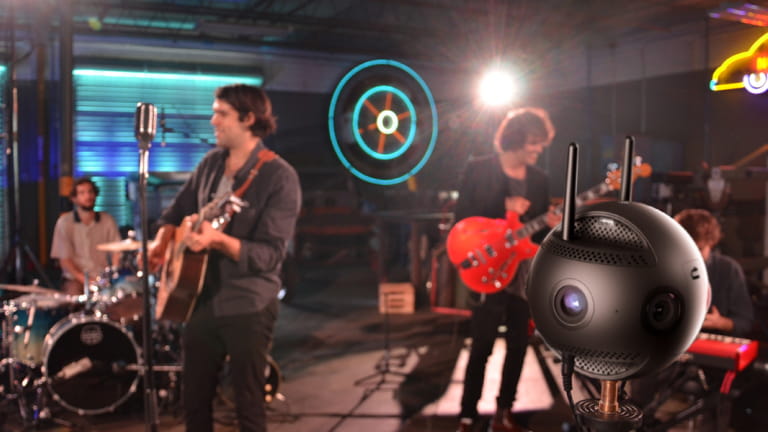
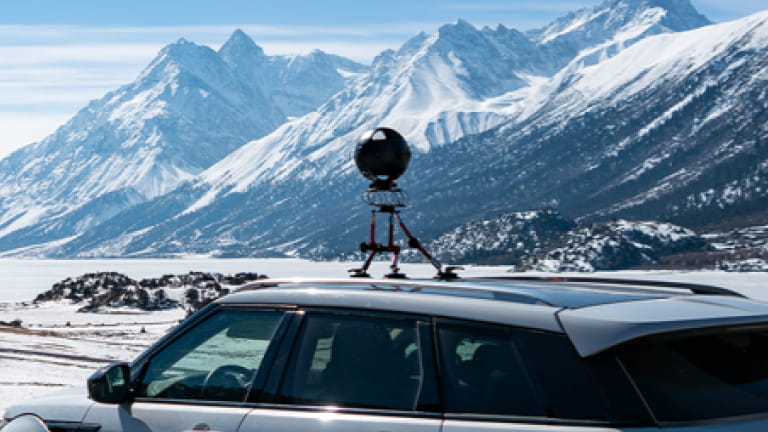





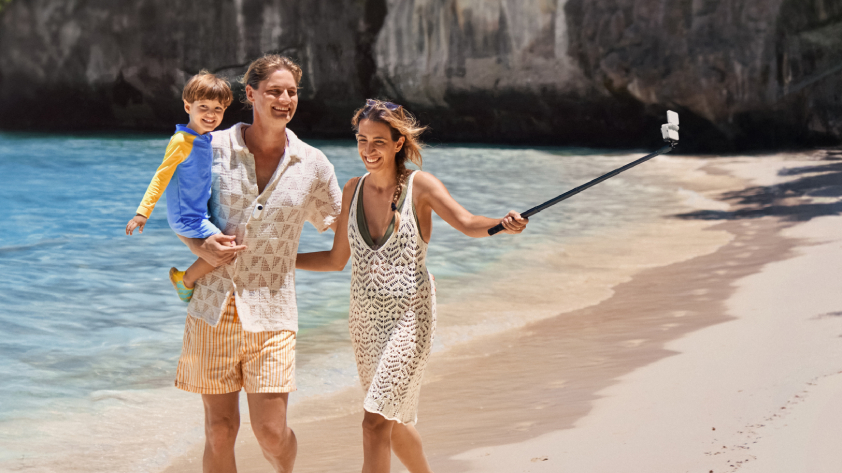
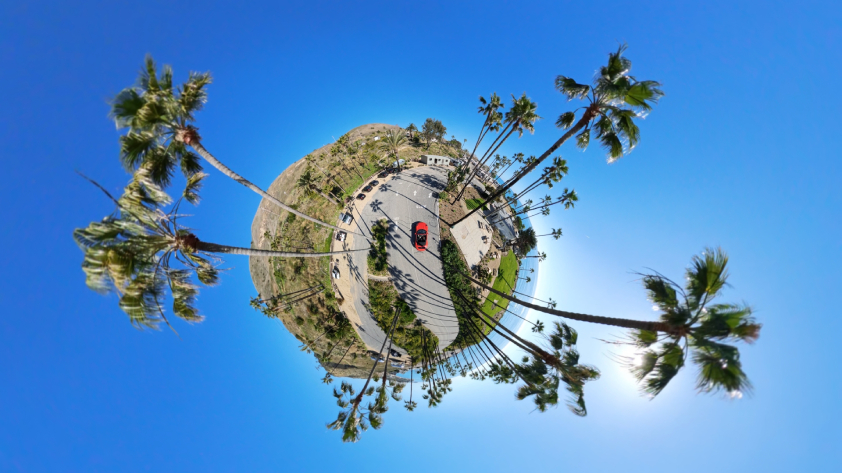
.jpg)